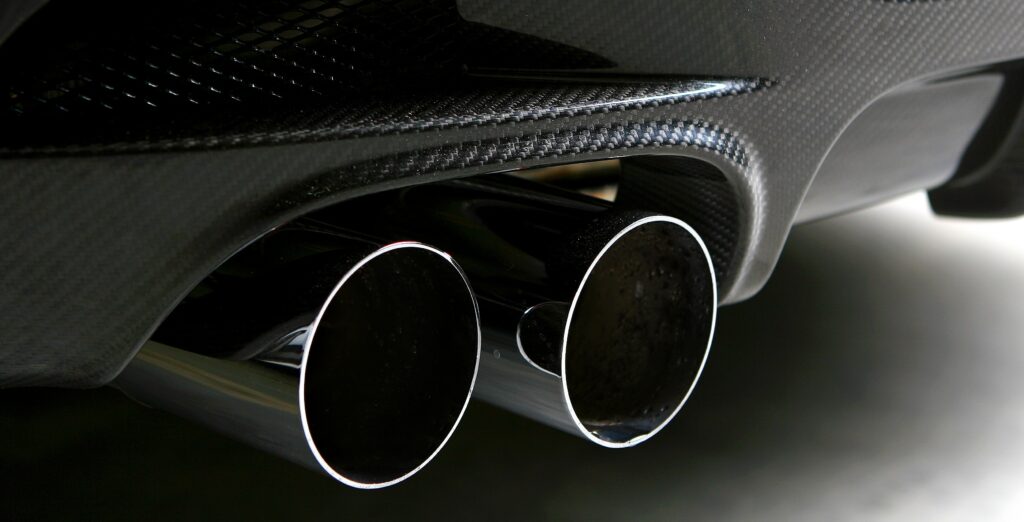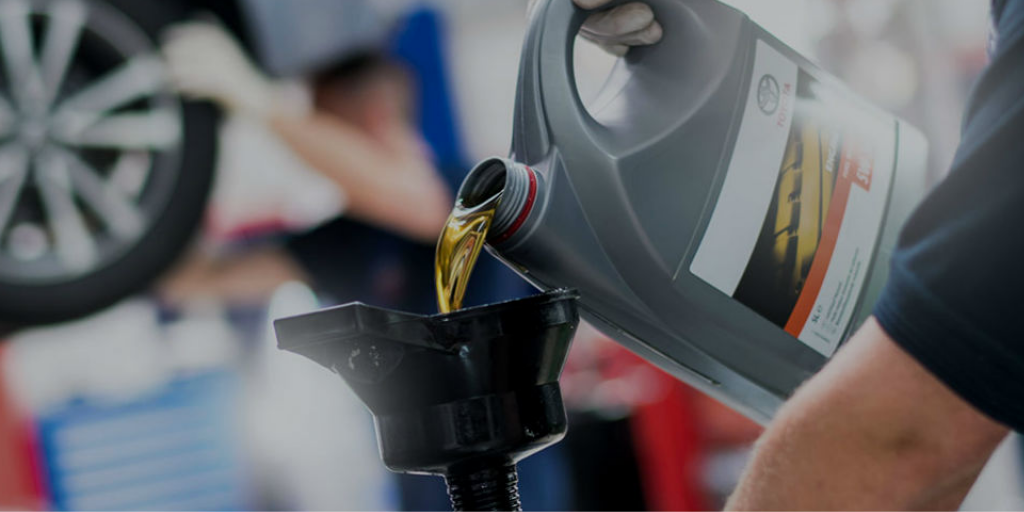Quick Answer: Euro 7 will be introduced in July 2025. While new vehicles sold after this date will need to meet the new standard, there’s unlikely to be any significant immediate change for people who drive older vehicles. Newer vehicles, however, including electric and hybrid vehicles, will need to meet Euro 7 emissions standards.
Table of Contents

Euro 7 was subject to much speculation for many years, but details have been confirmed and they are some of the toughest emissions standards yet. While the immediate impact on older vehicles, particularly in Malta, is likely to be minimal – the standard represents the continuing efforts of the European Union to push for cleaner, more environmentally friendly transport.
What are Euro emissions standards?
Euro emissions standards are a series of regulations set by the European Union to control the pollutants released into the environment by new vehicles. These standards are part of the EU’s broader strategy to improve air quality and protect the environment and public health. They apply to all new vehicles sold in EU member states, and are progressively made more stringent over time.
Euro emissions standards were first introduced in 1992 with the Euro 1 standard. They have been periodically updated, the most recent (as of 2023) being in September 2015 with the Euro 6 emissions standard. The progression to Euro 6 has seen significant reductions in the allowable limits of three key pollutants – nitrogen oxide (NOx), particulate matter (PM) and carbon monoxide (CO).
Euro 7 is the latest emissions standard, set to come into force in July 2025. It represents the strictest standard so far, and all new cars sold from 2025 will need to meet the standard to be able to be sold in the European Union. Euro 7 also applies to electric cars, particularly around the emission of particulate matter.
While there was speculation that Euro 7 would mean the end of combustion engine cars in Europe in favour of pure electric vehicles, this isn’t the case, and combustion engined and hybrid vehicles will still be available for purchase after July 2025 providing they meet the new emissions standards.
What will change in Euro 7 compared to Euro 6?
Some of the big differences in Euro 7 compared to previous emissions standards include specific allowances for electric vehicles (which weren’t considered in Euro 6), as well as emissions on brakes and tyres which previously weren’t considered. For example, Euro 7 introduces a limit on emissions from brakes and tyres which limits the brake dust and tyre particulate emissions by all new cars. Electric vehicle batteries will be assessed for longevity to see how they change over time.
A very significant change includes how long the standard applies to a vehicle. Previously, a Euro 6 vehicle would only be tested to ensure it met the standard for five years and 100,000 kilometres. With Euro 7, this is extended to ten years and 200,000 kilometres. Should your vehicle not meet the standard during this timeframe, it will fail a VRT and you will need to make repairs depending on how and why the vehicle has not met these standards.
The main change in terms of pollutant emissions is that the Euro 7 emissions standard takes the lowest possible limit from the Euro 6 emissions standard, and implements it across all cars. Whereas with Euro 6, a car could emit between 60mg NOx and 80mg NOx, all cars must now emit no more than 60mg NOx in order to be compliant. This means that some older vehicles may be compliant with Euro 7 emissions standards if they were at the lower end of the permitted Euro 6 emissions limits.

How will Euro 7 impact private car ownership in Malta?
The main consideration for private car owners in terms of Euro emissions standards is whether the car meets clean air zone standards so that it can drive in built-up areas without incurring a charge. As of the time of writing in 2023, Malta doesn’t have any clean air zones or low emission zones, but this could change in the future. Low emission zones (or LEZs) have been introduced in a variety of countries, including France, the UK, and Germany, and at present generally use the Euro 6 standard for diesel vehicles and the Euro 4 or 5 standard for petrol vehicles.
However, Euro 7 is likely to affect car ownership in a number of other ways. There will almost certainly be a greater push towards hybrid and electric vehicles (as these are more likely to meet the stringent emissions standards) and away from conventional petrol and diesel vehicles. It may also be the case that resale values for older, less-compliant vehicles decrease. Regulatory changes could also mean that it’s no longer viable to drive older vehicles – although at the moment there are no concrete plans to introduce road charging or clean air zones in Malta, so while this is always a possibility for the future, it’s not something that’s being planned at present.
What will happen to non-compliant vehicles?
At present, nothing. There is nothing to stop you driving a vehicle that isn’t even compliant with Euro 1 in Malta at the moment, and it’s highly unlikely that this will change in the near future. However, in terms of non-compliant new vehicles, these will not be able to be sold after July 2025. It’s likely that most new vehicles on the market today already meet the standard (particularly if they are hybrid or electric vehicles).
Used cars that don’t meet the standard will still be able to be sold, and will be tested against the emission standard they met when they were new – so for example, if you bought a car in 2021 which has a Euro 6 standard engine, it will be tested against the Euro 6 emissions limits.
Euro 7 is likely to be in place for around five to ten years, at which point a new emissions standard will be introduced. This new emissions standard is very likely to further tighten the emissions requirements for new cars – and may even mandate zero tailpipe emissions.
FAQs
Is it possible to retrofit older vehicles to meet the new emissions standards?
It’s certainly possible – but there’s very little immediate benefit of doing so and retrofitting any older vehicle is likely to be very costly. Also – there’s no real need to do this unless you are very concerned about your vehicles’ carbon emissions, and in this case, it would be far easier and more environmentally friendly to buy a new electric or hybrid car.
Will Euro 7 impact vehicle prices?
This is unlikely. It’s likely most new vehicles sold today (2023) already meet the standard, particularly if they’re hybrid or electric. Most manufacturers (including Toyota) are well underway in moving their range away from pure petrol or diesel towards more environmentally friendly sources of power, and while there is a research and development cost to this, it’s unlikely that the introduction of Euro 7 is going to cause new car prices to spike. If anything, it’s likely that the government will introduce more incentives for people to buy new, more efficient, and less polluting cars.
Will there be exemptions or special provisions for Euro 7?
It’s possible there will be further exemptions introduced. While there is a grace period for heavy-duty vehicles such as buses and trucks, private vans and cars are affected from July 2025 and it’s unlikely there will be exemptions for these types of vehicles.
Will Euro 7 apply to electric vehicles?
Yes. For the first time, electric vehicles sold after July 2025 will be tested against the Euro 7 emissions standard. While these vehicles produce no tailpipe emissions, there are provisions in Euro 7 for emissions produced by brake dust and tyre particulates, as well as provisions for battery durability and longevity.
See More:


